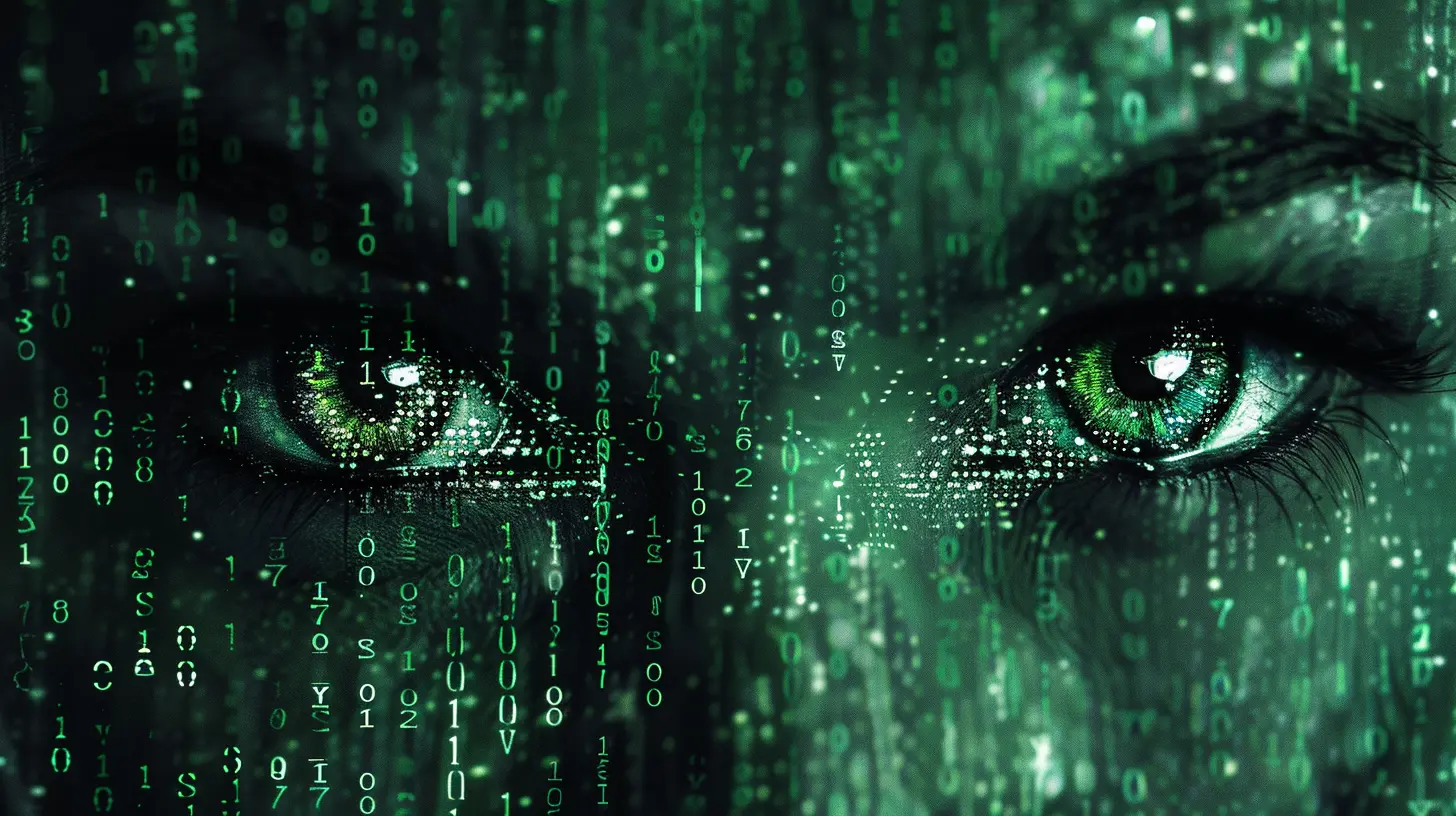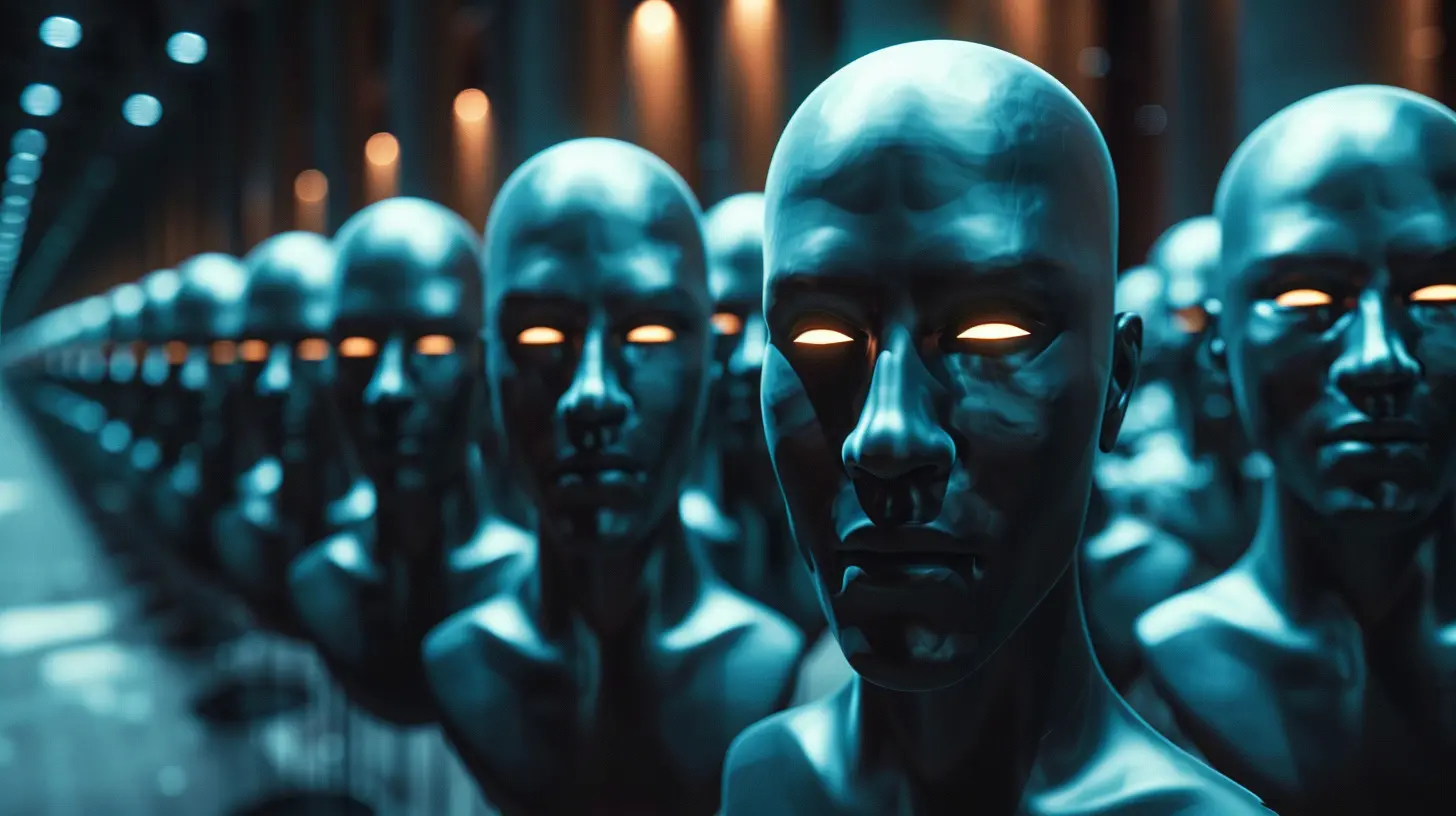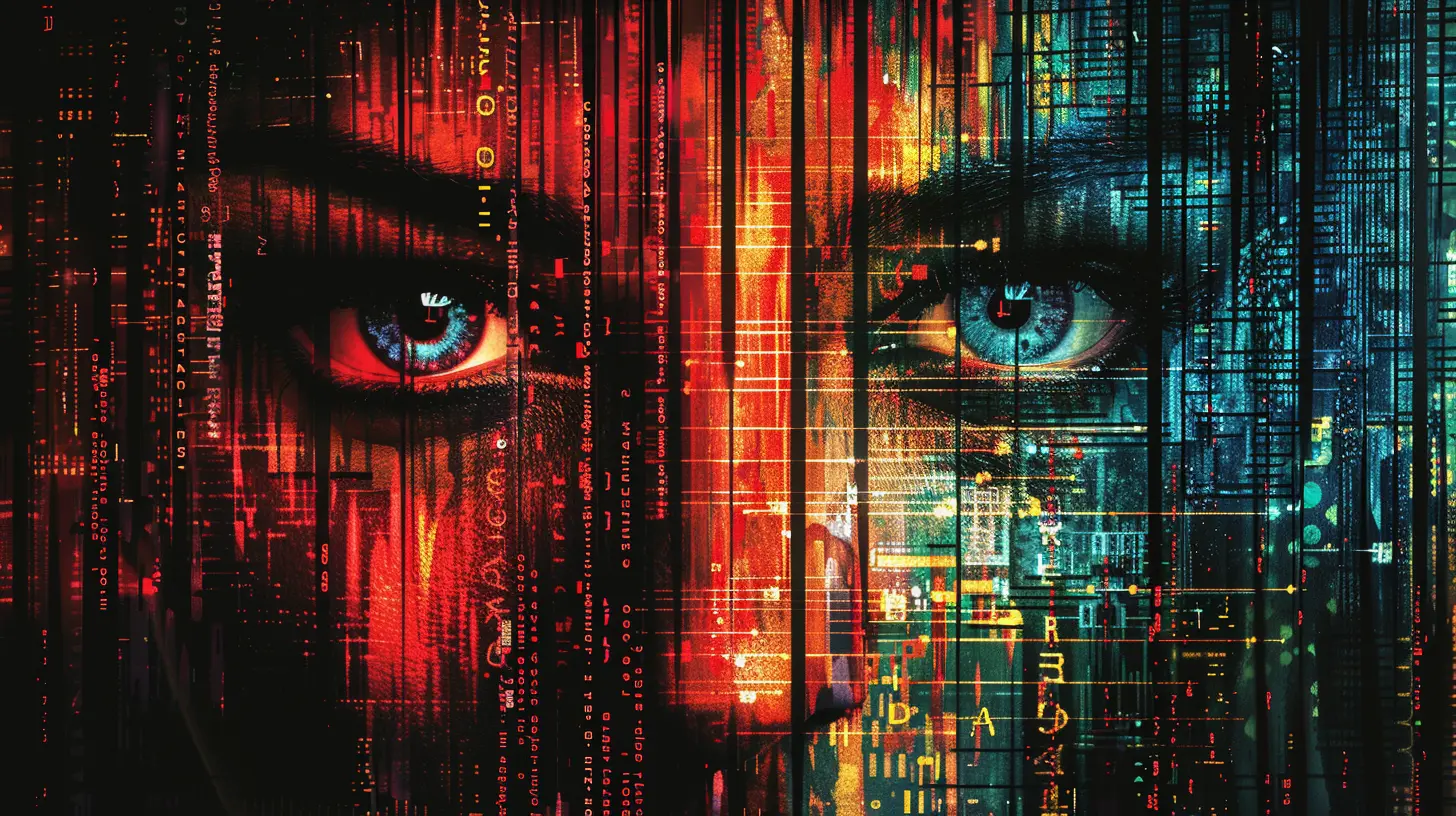Deepfakes and the Threat to Information Integrity
24 June 2025
In a world where technology is advancing at breakneck speed, it’s no surprise that we’ve ended up with something as mind-bending as deepfakes. If you’ve ever seen a video where a celebrity says something completely outrageous, or a politician appears to make a statement that seems too wild to be true, you might have encountered a deepfake. It’s a wild concept, isn’t it? A technology that can make someone appear to say or do something they never actually did? But as cool (and sometimes funny) as deepfakes can be, there’s a dark side to this tech, and it’s getting harder to ignore.
Deepfakes are more than just internet memes and viral content. They pose a very real, and growing, threat to the integrity of information. In a society where trust in media is already fragile, deepfakes have the potential to cause chaos, mislead the public, and erode the foundations of truth itself. But before we dive into the nitty-gritty of how deepfakes are threatening information integrity, let’s first break down what these digital marvels really are.

What Are Deepfakes?
At its core, a deepfake is a form of synthetic media where artificial intelligence (AI) is used to create highly convincing fake videos, images, or audio recordings. The term "deepfake" comes from combining "deep learning," a subset of AI, with "fake." Using neural networks, deepfake algorithms learn to mimic the facial expressions, voice, and mannerisms of individuals, allowing them to create content that looks strikingly real. It’s almost like digital puppetry—only the puppets are real people, and you can make them say or do anything.While the most common type of deepfake you’ll see online is video-based, audio deepfakes are becoming more prevalent too. Imagine a world where you receive a voicemail from your boss or a loved one, and it sounds exactly like them—but it’s completely generated by AI. Creepy, right?

The Evolution of Deepfake Technology
Deepfakes have been around for a few years, but they've come a long way since their inception. In the early days, deepfake videos were fairly easy to spot. The lip-syncing was off, facial expressions were a little stiff, and the overall video quality was mediocre. Fast forward to today, and you'd be hard-pressed to distinguish a well-made deepfake from an authentic video.The rapid improvement in deepfake technology is largely due to advancements in AI and machine learning. With the rise of Generative Adversarial Networks (GANs), a type of AI model, deepfakes have become much more sophisticated. GANs essentially "train" the AI by pitting two neural networks against each other—one generates the fake content, and the other tries to detect it as a fake. Over time, this back-and-forth process refines the algorithm, making the fakes more believable with every iteration.
But as the technology improves, the risks grow. And that brings us to the real problem: information integrity.

The Threat to Information Integrity
The Misinformation Epidemic
We already live in an era where misinformation spreads like wildfire. Social media platforms, which were originally intended to connect people, have unfortunately become breeding grounds for false information. Fake news, doctored images, and misleading articles are shared thousands of times before fact-checkers even have the chance to step in. Now, throw deepfakes into the mix, and we've got a recipe for disaster.Deepfakes make it possible to fabricate events that never happened, statements that were never spoken, and behaviors that were never exhibited. This can easily be weaponized for political or social manipulation. Imagine a fake video of a world leader making inflammatory remarks. Before anyone can verify its authenticity, it’s been viewed millions of times, shared across countless platforms, and reported by media outlets. The damage is done. Even if the video is later debunked, the seed of doubt has already been planted in the minds of the public.
The Erosion of Trust
One of the biggest dangers of deepfakes is their potential to erode trust in institutions, media, and even in each other. Think about it: If deepfakes become so good that we can no longer distinguish real from fake, how can we believe anything we see or hear online or on TV? When people can't trust the authenticity of information, it becomes increasingly difficult to have productive conversations, make informed decisions, or hold leaders accountable.This erosion of trust isn’t just theoretical. It's already happening. In 2020, a deepfake video surfaced of former U.S. President Barack Obama saying things he never said. Though it was created as part of an awareness campaign to highlight the dangers of deepfakes, it demonstrated just how easy it is to make anyone say anything—and how convincing these fakes can be.
Political Manipulation and International Relations
Deepfakes have the potential to seriously destabilize political climates. In the wrong hands, this technology can be used to create fake videos of politicians making controversial or damaging statements. These videos could be released just before elections or during sensitive diplomatic negotiations, swaying public opinion or even causing international crises.For instance, imagine a deepfake video of a government official from one country making aggressive or inflammatory remarks about another nation. The deepfake could spark outrage, protests, or even military action before anyone has the chance to verify its authenticity. By the time the truth comes to light, it might be too late to repair the damage.
Cybercrime and Personal Harm
It’s not just world leaders and politicians at risk. Deepfakes also pose a threat to regular individuals like you and me. Cybercriminals can use deepfake technology to create compromising videos of individuals and use them for blackmail or extortion. There have already been cases where deepfake videos of celebrities and ordinary people were created for malicious purposes, including revenge porn.On a more subtle level, deepfake audio can be used to mimic someone's voice during a phone call or recording. Scammers have already used this tactic to trick companies into transferring large sums of money by impersonating CEOs or other high-level executives.

Combating Deepfakes: Can We Fight Back?
So, how do we protect ourselves from this new threat to information integrity? The good news is that as deepfake technology evolves, so too does the technology to detect and counteract it.Deepfake Detection Tools
Several tech companies and research institutions are developing tools to detect deepfakes. These algorithms analyze videos or audio recordings for telltale signs of manipulation—things like unnatural blinking, discrepancies in lighting, or inconsistencies in lip movements. Though detection tools are improving, they’re often playing catch-up with the latest deepfake techniques.Social media platforms like Facebook and Twitter are also working to identify and remove deepfake content before it goes viral. But it's a tricky game of cat and mouse. For every new detection method, deepfake creators find ways to make their content harder to identify.
Media Literacy and Public Awareness
One of the most effective ways to combat the threat of deepfakes is through public awareness and media literacy. The more informed people are about the existence and potential dangers of deepfakes, the more skeptical they’ll be of sensational or suspicious content.Critical thinking and verification should become second nature when consuming media. Always question the source of a video or audio clip, especially if it seems too shocking or outrageous to be true. Cross-reference information and rely on trusted sources that have a track record of fact-checking.
Legislation and Legal Action
Governments are also stepping up to address the deepfake issue. In some countries, laws are being proposed or enacted to criminalize the malicious use of deepfakes, particularly in cases of defamation, election interference, and cybercrime. However, the legal system is still playing catch-up, and it’s a challenge to create laws that balance the need for security without infringing on free speech.Conclusion: A Double-Edged Sword
Deepfakes are undoubtedly a revolution in AI and media technology. They have the potential to create incredible entertainment experiences, allow for historical figures to be brought to life, and even contribute to education and art. But like any powerful tool, deepfakes can also be misused with serious consequences.As society wrestles with the implications of deepfakes, it’s crucial to remember that information integrity is more than just a buzzword. In a world where truth can be easily distorted, we must be vigilant, skeptical, and proactive in ensuring that the information we consume is accurate and trustworthy. It’s the only way to prevent the erosion of trust and protect the integrity of the world’s information systems.
all images in this post were generated using AI tools
Category:
Cyber ThreatsAuthor:

John Peterson
Discussion
rate this article
2 comments
Zachary Bryant
This article brilliantly highlights the dual-edged nature of deepfake technology, emphasizing its potential to undermine information integrity while also suggesting the urgent need for robust verification tools and public awareness.
September 29, 2025 at 4:18 AM

John Peterson
Thank you for your insightful comment! I'm glad you found the article's exploration of deepfake technology's dual nature and the need for verification tools and awareness compelling. Your engagement is invaluable to this important discussion!
Viva Howard
Deepfakes: the digital age's way of reminding us that seeing isn't believing! Just when we thought reality was hard to find, our screens are giving it a run for its money!
June 26, 2025 at 4:12 AM

John Peterson
Absolutely! Deepfakes challenge our perception of reality, making it crucial to critically assess the information we encounter online.


